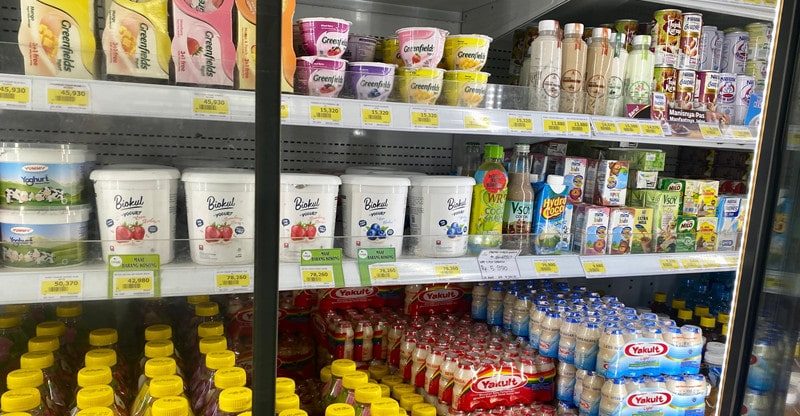The Winning Formula: 7 Elements of Retail Labels That Sell
Retail labels play a crucial role in determining the success or failure of a product, and a great sales tag is an essential part of any winning marketing strategy. But what makes a label stand out? How do you create a label that makes customers reach for your product first?
Here are the seven key elements of retail labels that provide you with the winning formula for creating engaging and effective sale tags. Whether you’re a small business owner or a marketer responsible for creating compelling retail promotions, this post is for you.
1. Eye-catching Design
An eye-catching design is critical for a successful retail label. It’s crucial to invest in an appealing design that incorporates high-quality graphics and unique colors that capture the attention of potential customers instantly. The objective is to create a visual impact that makes your product stand out on the shelf and compels buyers to pick it up for closer inspection.
2. Clear and Readable Font
Once you have drawn the attention of your customers, it’s essential to make sure they can quickly grasp the necessary information about your product. That’s where font choice comes into play.
Selecting clear and readable fonts ensures that your product details and brand name are easily visible and understandable even from a distance. Avoid using intricate or tiny fonts that make it difficult for potential buyers to promptly gather information about your product.
3. Informative Content
In addition to its aesthetic features, a winning retail label features informative content that clearly communicates the benefits of using that particular product. This includes essential details such as the ingredients list, nutritional info, instructions for use, and any specific certifications or awards your product might have received. Your content should be concise yet compellingly presented to make it easier for customers to make an informed buying decision on the spot.
4. Brand Identity
A strong brand identity creates brand loyalty and helps you stand out amidst competitors in-store or online shelves. Your retail label should prominently display your brand logo, color schemes, and any unique selling points that make your product stand out from competitors. Emphasizing your brand identity enables customers to recognize and remember your products, leading to increased customer loyalty and repeat purchases.
5. Shelf Appeal
It’s important to consider the physical context in which your label will be displayed when designing your retail labels. Labels must maintain their effectiveness in various lighting scenarios and when placed amongst competing products with similar packaging aesthetics. Ensure that your retail label looks as great on the shelf as it does in online listings or marketing materials.
6. Appropriate Material
The material of your retail label is an essential factor not only for its overall appearance but also for its durability and functionality. Choose materials like water-resistant and tear-resistant laminates or foils resilient against humidity, temperature fluctuations, and standard wear and tear expected during handling and shipping.
7. Compliance with Industry Regulations
Lastly, it’s critical to ensure that your retail labels comply with industry regulations and laws in the regions where they will be sold. For instance, food products must adhere to regulations such as the FDA requirements in the United States. This includes an accurate listing of nutritional facts, allergen warning statements, and font size restrictions, among other rules. Displaying outdated or incorrect information can result in hefty fines and severely damage your brand reputation.
Don’t underestimate the power of thoughtful and strategic label design. Incorporating these seven elements into your retail labels will give you a clear advantage over your competition and attract more customers.



